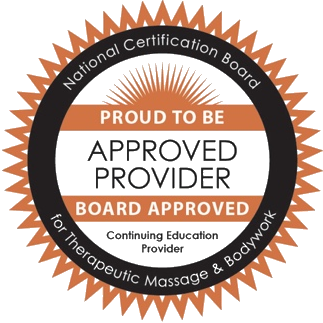Traditional Thai Yoga “Reusi Dat Ton” Statues, Hermit’s Mountain at Wat Po Bangkok, Thailand (Circa 1836AD)
THAI YOGA “REUSI DAT TON” WORKSHOPS OFFERED
Introduction to Traditional Thai Yoga
“Reusi Dat Ton” (2 Hours)
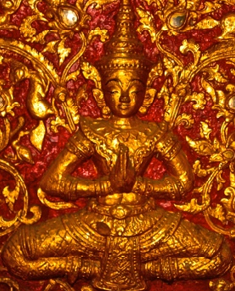
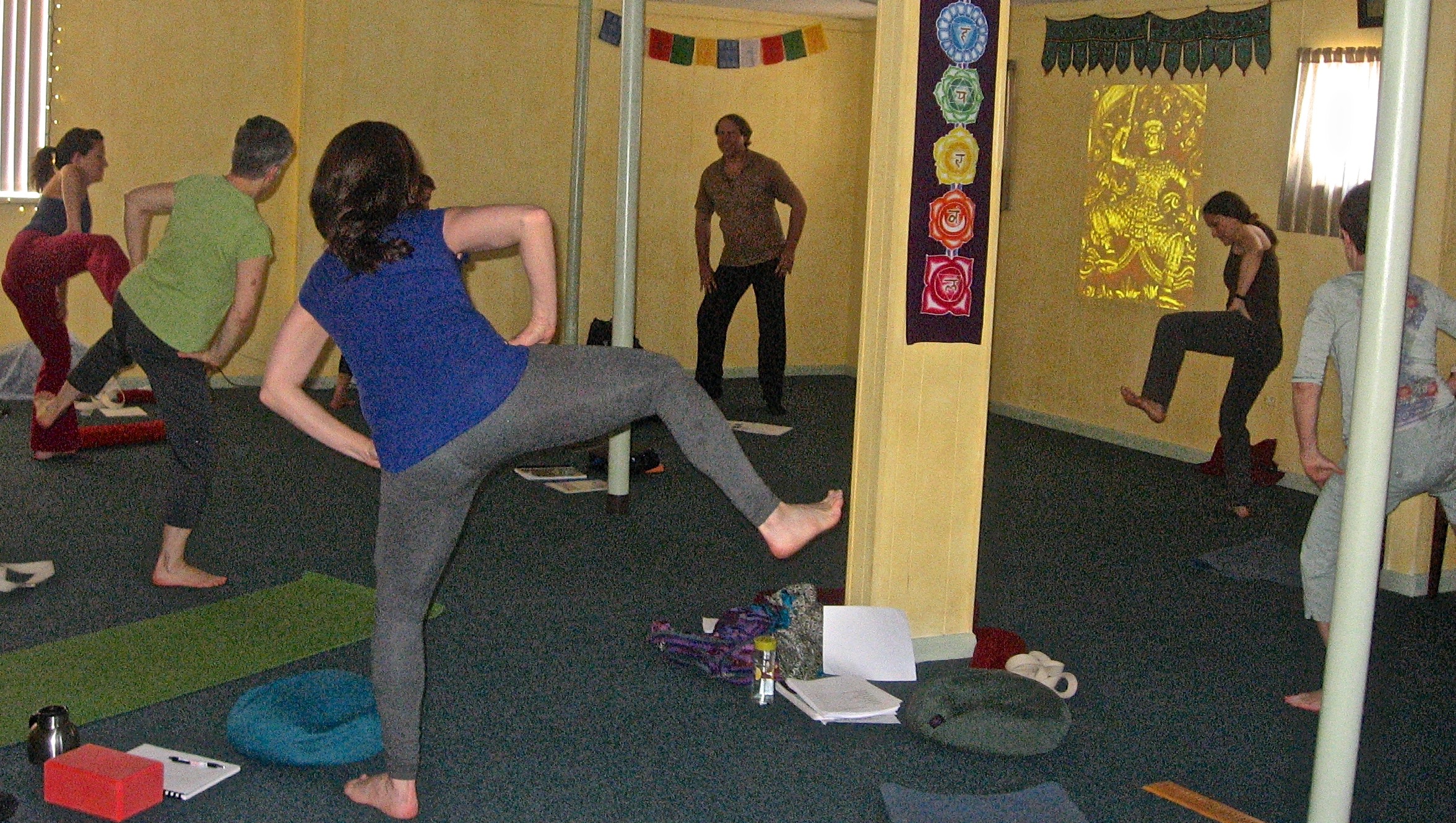
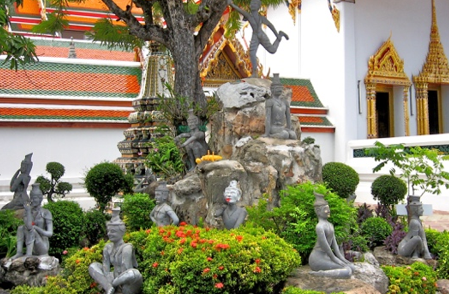
1 Hour Slide Presentation & 1 Hour Practical Class
Discover the history of Thai Yoga, “Reusi Dat Ton,” the traditional holistic self-care system of Thailand. and its relationship to other Yoga Traditions.
- Self-Massage, Joint Mobilization, Basic Exercises for Neck, Shoulders, Back and Hips
- For Yoga Students and Teachers, Massage Therapists and anyone wanting to learn about this little known Yoga Tradition from Thailand which is the origin and foundation of Traditional Thai Massage.
- Yoga Teachers and Students can broaden the range of techniques they are able to practice and teach by learning and practicing this non-Indian Yoga Tradition.
- Massage Practitioners can improve their skills by learning about the system which is the Origin and Foundation of Traditional Thai Massage and experiencing the effect of those techniques within themselves.
(2 Hours Yoga Alliance Continuing Education Credits available.)
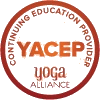
Self-Massage and Joint Mobilization of Traditional Thai Yoga
“Reusi Dat Ton” Part 1 (6 Hours)
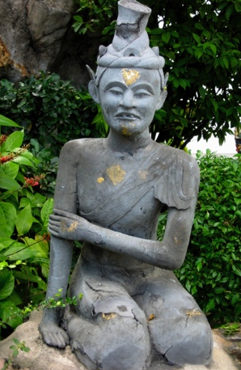
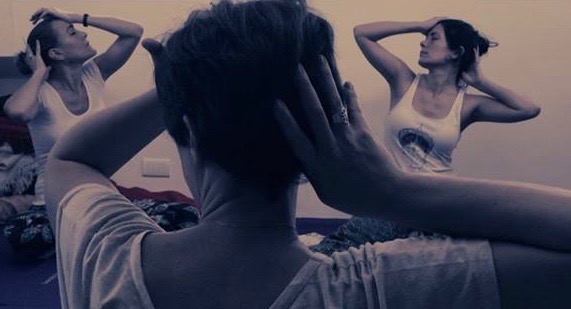
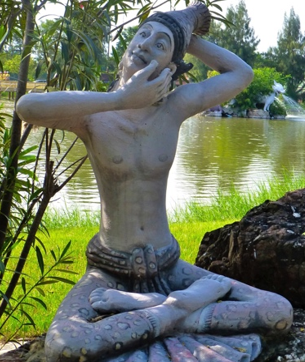
Learn how to reduce joint pain and stiffness and muscle aches and pains naturally. These gentle low-impact techniques will help you to:
- Improve flexibility and range of motion
- Reduce neck, shoulder, back, hip, and knee pain
- Improve circulation
- Increase your energy and vitality
- Reduce stress
- Increase your mobility and pain-free movement during your daily activities
- Save money by learning how to give yourself a “full body Thai style massage”
Lots of practice time and Fully Illustrated Handbook Included.
(6 Hours Yoga Alliance, IAYT (Yoga Therapy) and NCBTMB Massage Continuing Education Credits available)


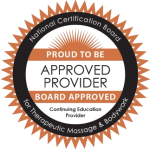
Basic Exercises and Breathing of Traditional Thai Yoga
“Reusi Dat Ton” Part 2 (6 Hours)

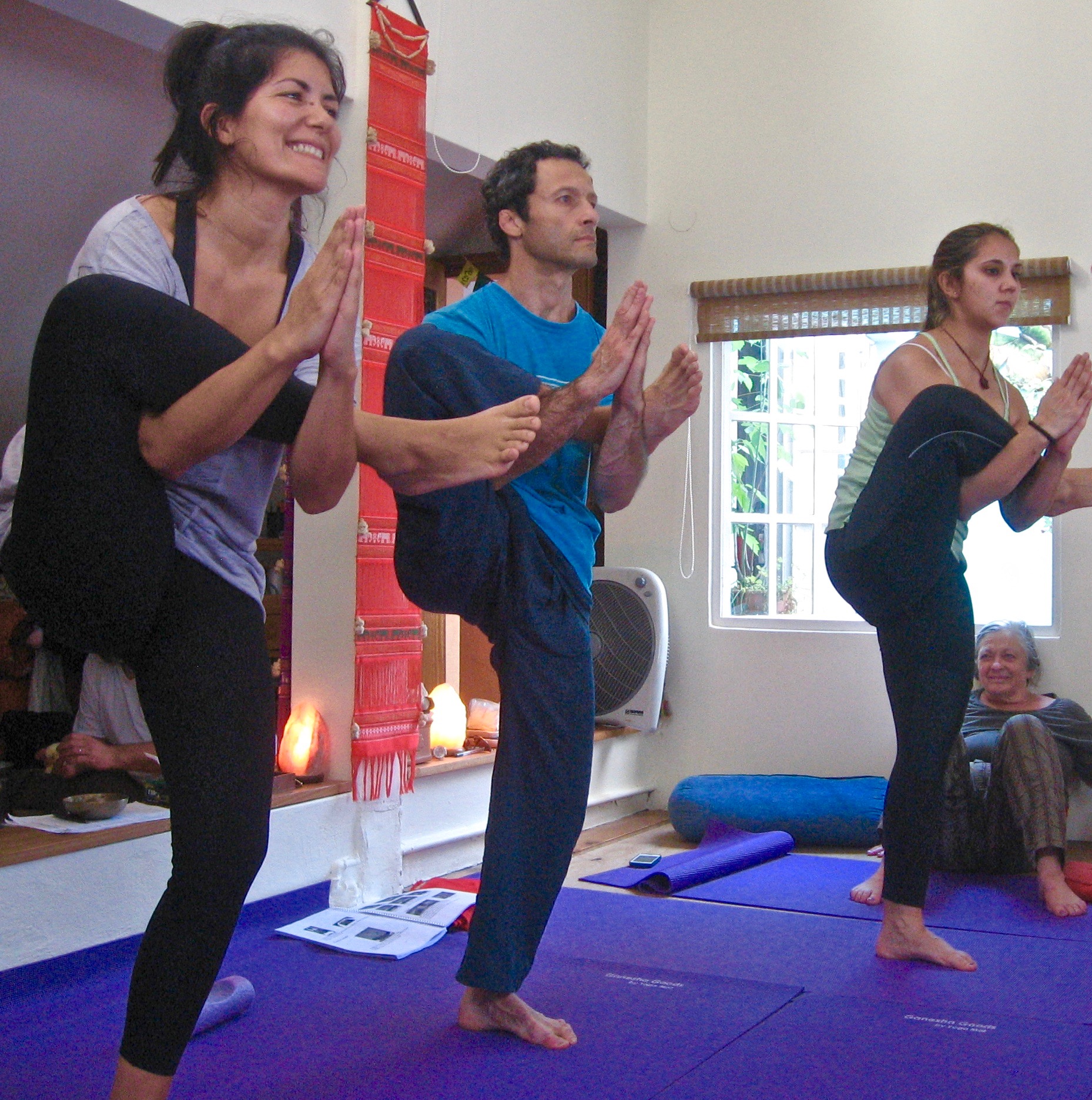
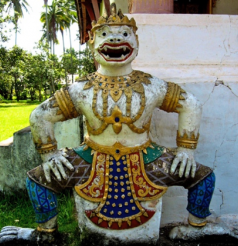
Learn and practice new techniques including: basic breathing exercises & poses and exercises for the whole body.
- Great techniques for the Back, Hips, Shoulders and Neck.
- The Traditional use of Meditation Straps.
- Massage therapists can improve their skills by learning techniques which are the origin and foundation of Thai Massage and feeling the effects of those techniques within themselves.
- Deepen your yoga knowledge and practice by studying this little known yoga tradition from Thailand
Lots of practice time and Fully Illustrated Handbook Included.
(6 Hours Yoga Alliance, IAYT (Yoga Therapy) and NCBTMB Massage Continuing Education Credits available)



Traditional Thai Yoga In Depth
“Reusi Dat Ton” Part 3 (30 Hours)
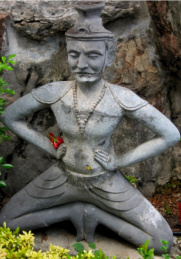
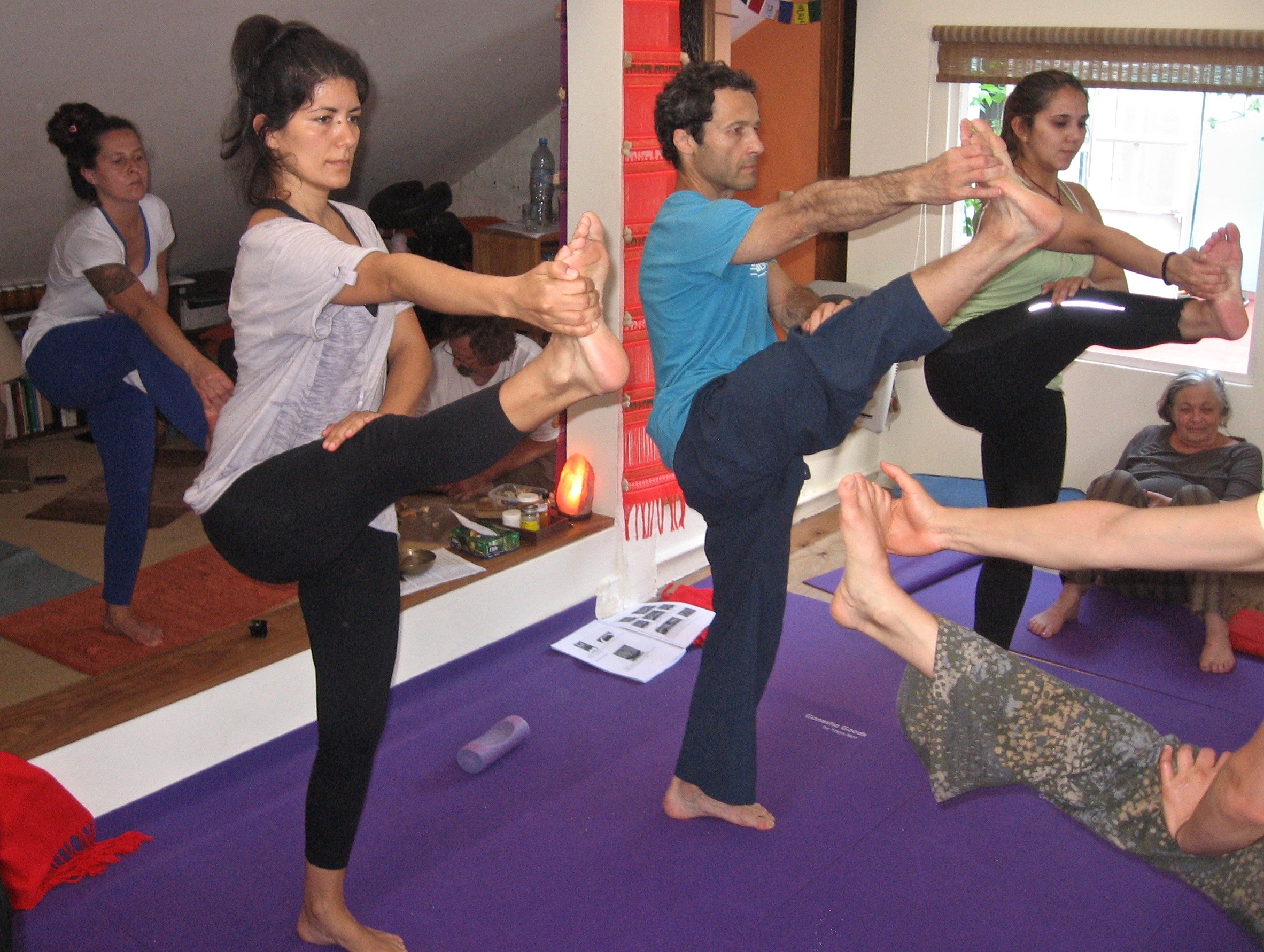
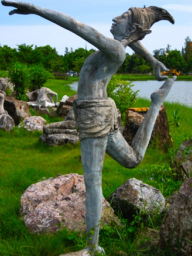
An in depth training in all aspects of Traditional Thai Yoga “Reusi Dat Ton”
Covering:
- History of “Reusi Dat Ton” and its relationship to other Yoga Traditions.
- Mantras and Chanting “Wai Kru”
- Sitting Poses
- Breathing Exercises
- Self-Massage
- Joint Mobilization
- Basic Exercises and Poses
- Advanced Exercises and Poses
Yoga Teachers and Students can broaden the range of techniques they are able to practice and teach by learning and practicing this non-Indian Yoga Tradition. Massage Practitioners can improve their skills by learning about the Origin and Foundation of Traditional Thai Massage and experiencing the effect of those techniques within themselves.
Lots of practice time and Fully Illustrated Handbook Included.
(30 Hours Yoga Alliance IAYT (Yoga Therapy) and NCBTMB Continuing Education Credits available.)
“Best Class Ever! One of most interesting, helpful, and fun workshops I have ever attended. Reusi Dat Ton is a wonderful foundation to a Thai bodywork practice and adds depth to a yoga practice!”
Jennifer Vanderburg, LMT
“The Thai Yoga workshops presented by researcher David Wells are simply wonderful experiences that are experiential, educational and practical. David has researched the history of Reusi Dat Ton, and strives teach its techniques in their original authentic form. His workshops include lecture accompanied by numerous photographs, as well as a lot of physical practices (which are somewhat similar to Indian Yoga asanas as we know them yet fascinatingly unique). Thai Yoga is now a highlight in my daily practice.”
Gregory Oed, Therapeutic Thai Massage Practitioner
“David Wells is among the most knowledgeable Western practitioners of Reusi Dat Ton (also known as “Thai Yoga”), a therapeutic exercise system from Thailand that emphasizes both physical and mental cultivation. David’s experience researching and practicing RDT and his many years as a practitioner and teacher of yogic traditions give him the ideal background to introduce this system to North American students.”
C. Pierce Salguero, Ph.D. Author of Encyclopedia of Thai Massage and many other books on Thai healing arts
“In my personal experience, the best tool for learning Thai Massage is the practice of Thai Yoga or “Reusi Dat Ton” self-massage and exercises. They are really the most useful practice for a Thai Massage Therapist at any level of practice. Exploring and experiencing the body layers: skin, tissue, sen, bones, wind gates and flow of the winds in our own body through “Reusi Dat Ton” is far more effective then learning Thai Massage through sequences.”
Danko Lara Radic. Institute of Thai Massage, Belgrade
“David’s’ Reusi Dat Ton workshop felt as if I was being immersed in many centuries of heritage and practice. David’s quest to ground the practice in locations, images and teachers of ancient and present southeast Asian settings enabled me to sense the simplicity of Reusi Dat Ton even as I became increasingly aware of its deep healing potential and connection with my own practices of yoga and meditation. The workshop flowed from the colors and textures of the introductory talk, through peaceful breathing exercises and self-massage techniques, movement and opening of joints and then … what a joy it was to practice the exercises and poses as modeled by the “hermits” in slides taken of temple walls, columns and statues from all over Thailand, Cambodia and Laos.”
William Savage, Kundalini Yoga Teacher



OTHER YOGA WORKSHOPS OFFERED
Ancient Yoga
(2 Hours)

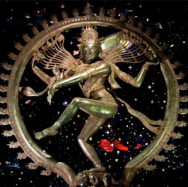

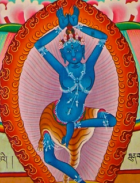
Ancient Yogic Techniques as depicted in the Sacred Art of South and Southeast Asia. A Multimedia Slide Presentation covering the Major Branches, History and Philosophy of Yoga. Featuring images of Ancient Yogis, Yoginis, Gods and other Celestial Beings as depicted in the Sculpture, Carvings, Murals and Drawings in Ancient Temples, Caves, Manuscripts and Museums of India, Nepal, Tibet, Cambodia, Indonesia, Thailand and Laos. (After the slide presentation, interested students may practice some of the techniques as modeled in the Traditional Art.)
(2 Hours Yoga Alliance Continuing Education Credits available)
“David Wells captivated an audience of students, faculty and staff last spring at Berry College with his multimedia presentation on Ancient Yoga. His brilliantly narrated slideshow took us on a fascinating journey through multiple regions of Asia, illuminating the origins and history of the original yoga tradition while presenting a breathtaking array of sculptural and painted forms. His argument regarding the original purpose and nature of yoga was fascinating and impressively well defended. It was easily one of the most engaging lectures I have attended in my ten years here at Berry.”
Jeffrey S. Lidke, Associate Professor of Religion and Chair, Department of Religion and Philosophy, Berry College
“David’s Ancient Yoga presentation featured beautiful slides of ancient statues and paintings depicting many of the yoga asanas I know from my own Hatha Yoga practice. These ancient figures truly verify how a millennia old practice has not only survived for centuries but has been embraced by the West and has become a part of the culture.”
Tana Wong
“Dave’s visual and practical journey of the growth and movement of yoga postures out of the Indus valley gives one a deep sense of the impact that yoga philosophy has had on the development of eastern thought. His active role in tracing asana postures through numerous countries documents not only the conservation of valuable poses taken up by other cultures but also illustrates an integration of these postures in the foundation of meditation in each of these cultures. The thousands of photos captured on his journeys provide a great backdrop into the mastery of yoga while giving each person an opportunity to challenge and practice the postures. It is s unique experience to engage intellectually and practically in the branching evolution of yoga from its earliest forms to the comprehensive traditions of Thai Yoga and massage.”
Eric Harris
“David Wells’ Ancient Yoga presentation brought the ancient practice of Yoga alive. I found it compelling and informative.”
Janice Gold

84 Asanas:
Commonalities in Indian, Nepali, Tibetan and Thai Yoga Traditions (2-6 Hours)
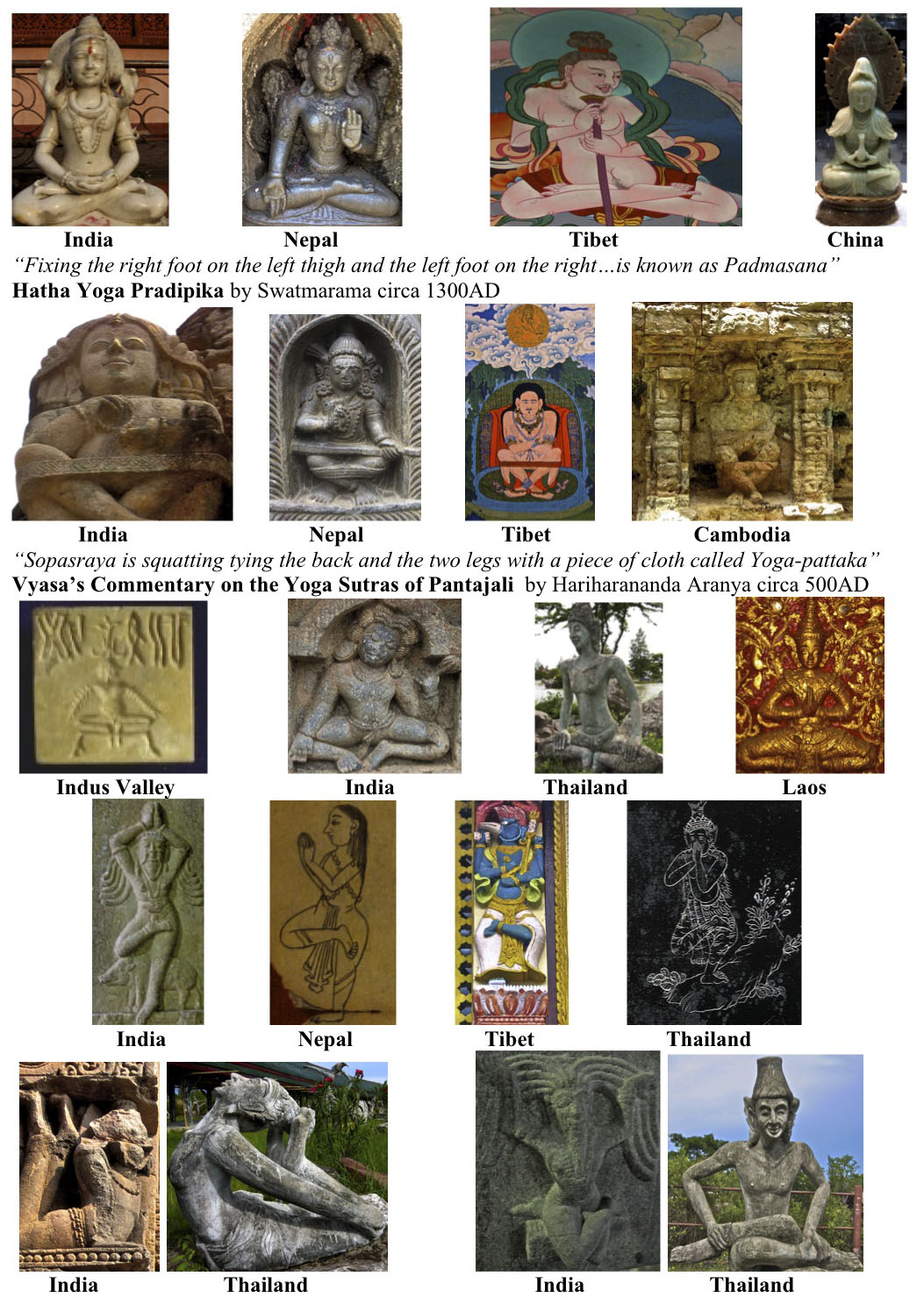
A Multimedia Slide Presentation of Traditional Yoga Asanas which are common to Indian, Nepali, Tibetan and Thai Yoga Traditions
“Asanas are as many as the number of species on Earth, 8,400,000. Of these, Lord Siva selected 84 as appropriate for Human Beings”
Goraksha-Samhita circa 1100AD
Asana from the Sanskrit verb “as” meaning to sit, has numerous definitions including; an actual seated posture, as a seat or dais, as exercising detachment from all material objects, to remain in one’s true self, the state wherein one can contemplate the divine. Some of the oldest artistic depictions of asanas are believed to be from the Harappa Civilization in the Indus Valley circa 2000BC. The earliest textual reference to asana as a seated pose is found in the Svetasvatara Upanishad circa 200AD. The Ramayana and Mahabharata make reference to asana for the purpose of Meditation. Buddhist literature first mentions asana in the Buddha Carita by Asvaghosa circa 200AD. Ancient Jain literature claims that all their Tirthankaras were Yogis and numerous asanas are mentioned. Jains even went on to divide standing asanas alone into eight different categories, suggesting that there once existed a comprehensive and systematized tradition of asanas, which has been lost over the ages.
In today’s popular culture Hatha Yoga is becoming increasingly diluted and distorted. Everything from military exercises and gymnastics to dance and circus sideshow contortions have been added to create a hybrid mix that is then marketed as various forms of “New Yoga”. Nowadays one can find everything from “Yogalates” to “Hip Hop Yoga.” and even “Combat Yoga.” With all this, some are forgetting what the original asanas were as described in the ancient Yoga texts and depicted in the sacred art of Asia. By returning to original source texts and looking at depictions of Yoga in traditional art, perhaps we can regain a true sense of what Hatha Yoga is and how it was practiced.
There is an old tradition in Indian, Nepali, Tibetan and Thai Yoga (Reusi Dat Ton) texts of listing 80 to 84 different techniques. However, each list is different. By studying, comparing and identifying commonalities in Indian, Nepali, Tibetan and Thai Yoga systems, the ancient tradition of 84 Asanas could begin to be theoretically reconstructed. This project could benefit many people not only for health maintenance and an aid to meditation, but culturally as well as some aspects of the Ancient Indian Yoga Traditions were lost or fragmented during the invasions of the last thousand years.
This Workshop can be given as just a 2 Hour Slide presentation or it can be expanded up to to a 6 Hour Workshop in which students actually practice the Asanas in the slideshow and learn the different variations of each Asana as they are practiced in the different cultures.
(2-6 Hours Yoga Alliance Continuing Education Credits available)

Tantric & Goddess Temples of India
(1 Hour)
A Multimedia Slide presentation of various Tantric and Goddess Temples in Eastern and Southern India

(1 Hour Yoga Alliance Continuing Education Credit available)

AYURVEDA WORKSHOPS OFFERED
Ayurvedic Diet and Weight Loss
(2 Hours)
- In this workshop you will learn about
Ayurveda, the 5,000-year-old traditional healing system of India - The five elements: Earth, Water, Fire, Air & Space
- The three Doshas (mind/body types) of Vata, Pitta and Kapha
- The six tastes: Sweet, Sour, Salty, Pungent, Bitter and Astringent
- The right food choices for your mind/body type
- Simple and effective strategies for weight loss
(includes handouts and samples of foods and spices)
(2 Hours Yoga Alliance Continuing Education Credits available.)




